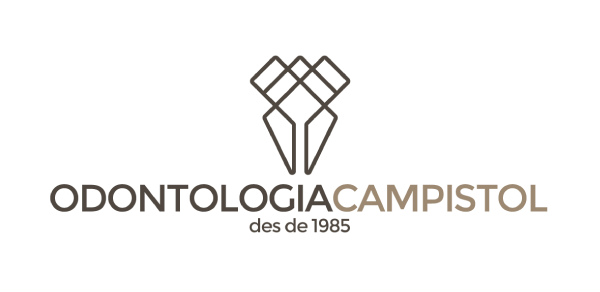

Orthodontics
The word orthodontics” comes from the Greek words “ortho”, meaning straight and “odonto”, meaning teeth. It translates the purpose of aligning irregularities in tooth positions. It is the branch of dentistry that deals with the diagnosis, prevention and treatment of deformities of the jaws and face”.
Dr. Pere Campistol Plana
What is an occlusion and a malocclusion?
An occlusion happens when the upper teeth fit perfectly with the lower teeth. Malocclusion, on the other hand, is when this condition does not exist. This affects the appearance of the mouth, makes it difficult to move the mouth when speaking, swallowing, chewing and can sometimes be the cause of unnecessary tooth decay. In addition, malocclusion makes dental hygiene difficult and can therefore be the cause of tooth decay, gum disease and bad breath.
Malocclusions can be classified according to the three dimensions of space:
Anterior-posterior (angle) problems:
- Class I
- Class II
- Class III
Cross-cutting issues:
- Cross-bite
- Scissors bite
Vertical issues:
- Over bite
- Open bite
According to the patient’s teeth, we can talk about the preventive phase ( from 0 years old), the infant phase (from 6 years old), the observation phase (from 10 years old), the corrective phase (from 12 years old) and the adult phase (from 18 years old). However, there is a simpler way to classify these phases:
Preventive orthodontics
This treatment can be applied from birth, but it is usually started between the ages of 5 and 6, which is when the permanent incisors begin to erupt. In addition, at this age, certain habits begin to be detected such as finger sucking (especially thumbs), mouth breathing habits, tongue dysfunction, etc.

Preventive orthodontics attempts to eliminate and/or correct these bad habits before a malocclusion is established. Some examples of cases of preventive orthodontics: when there is a premature loss of a temporary tooth, it is solved with a space maintainer to avoid malocclusion, or when there are very protruding teeth, a small plate is used to recess them to avoid their possible fracture.
Interceptive orthodontics
Interceptive orthodontics takes place in cases where preventive orthodontics has not been carried out and when some type of malocclusion has already been established. It is usually carried out from the age of 7 to 11 years. It serves to promote optimal growth and development of the maxillary bone and jaw, avoiding later complications or anomalies. Habits such as thumb sucking or misplacing the tongue when swallowing can be easily solved with preventive orthodontics.
Corrective Orthodontics
This is definitive orthodontics, which usually takes place at the beginning of active growth, between the ages of 11 and 13, depending on each case. In this phase, high-precision fixed braces are almost always used, the latest technology irons with aesthetic or metal brackets. This type of treatment consists of a first active phase lasting approximately 2 years and a second and final phase, the passive or retention phase, which lasts approximately one year to consolidate the correction.
- Removable appliances: There are many types of removable appliances, which can be both active and passive. Active appliances are used for movement, usually for expansion. Passive appliances are used for retention. Both have a resin body with various metal artefacts.

- Fixed appliances: At Odontologia Campistol we have been developing different fixed appliance techniques since 1985. We currently use the two-dimensional technique of Dr. A. Gianelly; this is a technique with simplified mechanotherapy, which requires little consultation time and guarantees high quality results. We also use the Damon Technique, which consists of high-tech brackets. Each bracket contains different degrees of inclination, allowing us to create or develop more bone and greatly reduce the percentage of extraction cases. Naturally, the brackets can be made of different materials; from the classic metal brackets to ceramic or sapphire brackets, which go practically unnoticed.
- Clear aligners or splints: These adapt perfectly to the teeth and almost go unnoticed. In this case, we can also talk about active appliances (Invisalign) or passive appliances, such as retainers. For more information about Invisalign treatments, please consult the Invisalign section.
More than the technique, the most important thing for good orthodontics is a good diagnosis and a correct treatment plan, adapted to each patient.


